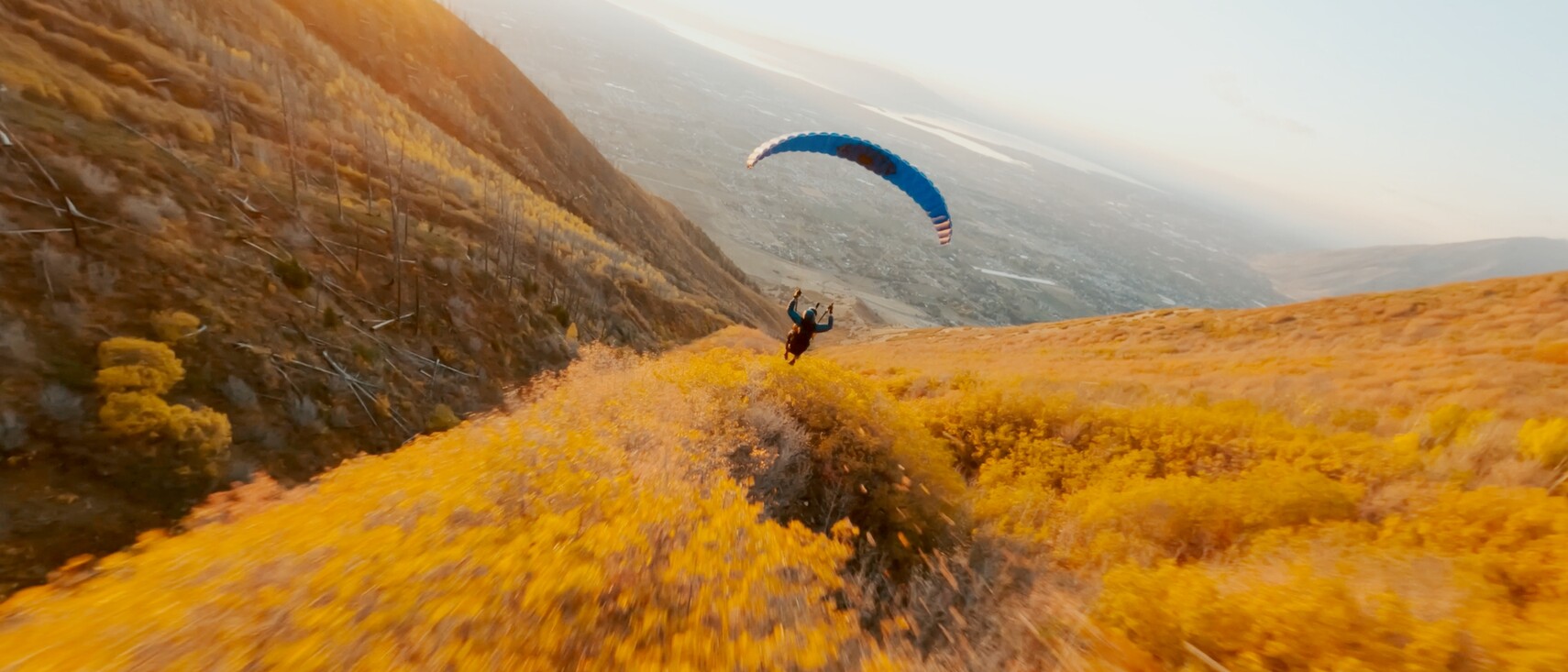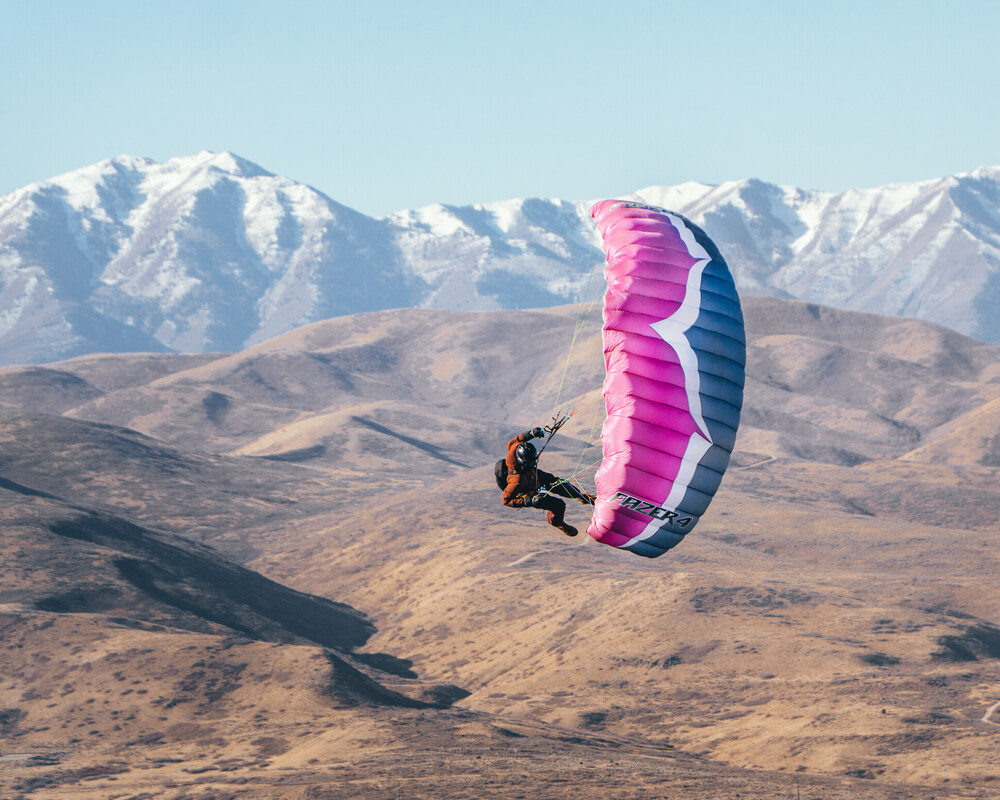
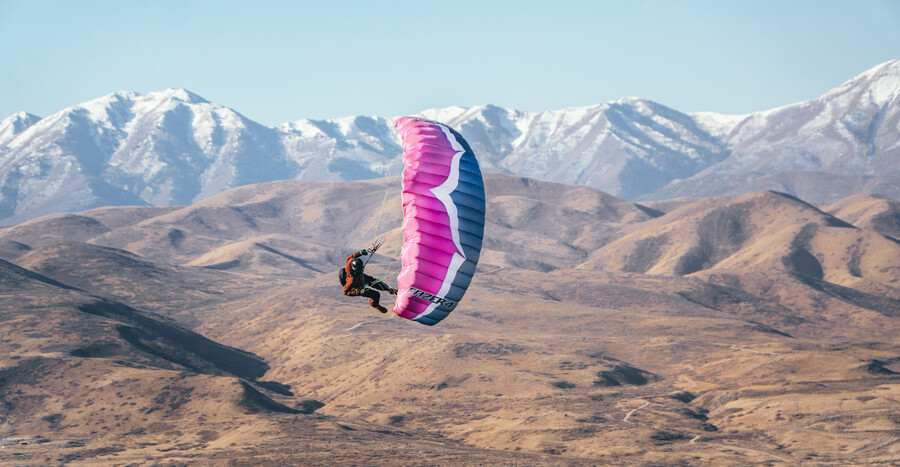
Wingmen
An interview with Ian Rinefort
Carl Weiseth and Ian Rinefort: A speedflyer and a drone pilot provide maximum adrenaline on the big screen with minimal effort.
We asked drone pilot Ian Rinefort a few questions about working together on this project.
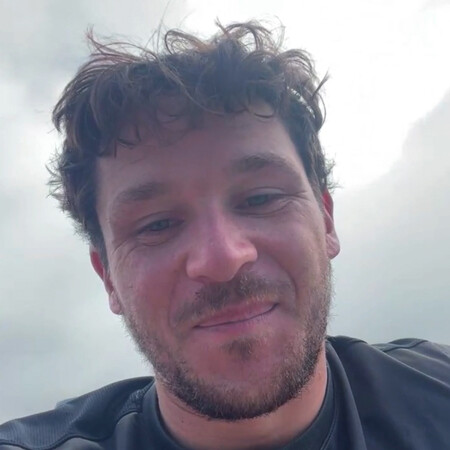
Ian Rinefort
Drone pilot

Two years
Practice time

USA, France
Film locations Helix
How did your collaboration come about?
It all started when two people with very specific skills met. I had the drone and Carl could fly. He was about to open a flight school but didn't have anything to show people what speedflying was all about. Even I had never heard of this sport before. So, we went out and produced videos together. In the beginning it was tedious. I crashed a few drones. But for the last two years, we've been getting the hang of it.
That's all it is with the drone: predicting movement.
How do you work as a team - after two years of training?
I've flown the drone behind Carl so many times now that I know exactly what he's thinking. I know what movement he's about to make when his head turns a certain way. I can't make that kind of prediction with other speedflyers.
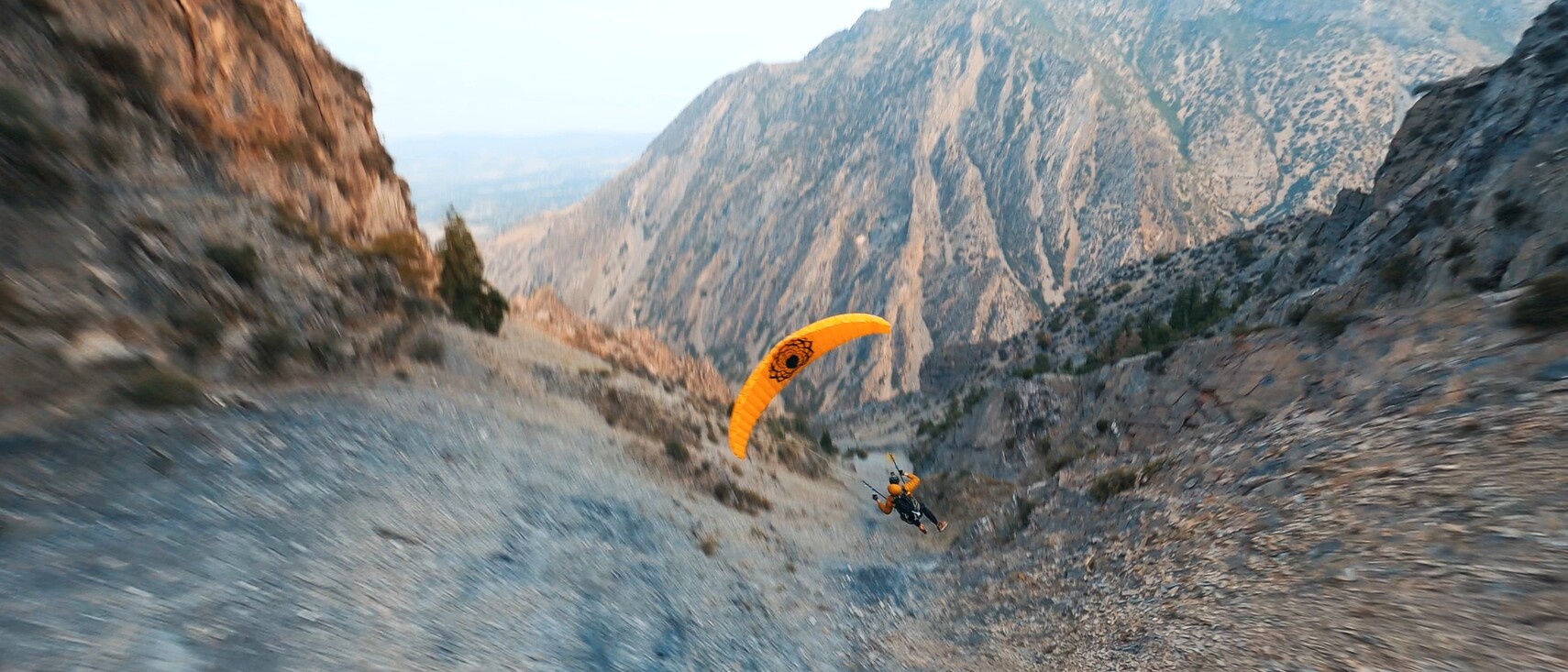
They are so fun to fly!
What’s your fascination with drone flying?
It's just fun to fly a drone. I don't play video games anymore, except for the drone simulator. With the drone, you can go anywhere you want and still have absolute control. You can play with the landscape in a way that you couldn't with your body. I've tried various extreme sports, including cliff jumping, and of course the risk of an accident was very high. As a drone pilot, I can experience the world in a much safer and even more exciting way.
It feels like I'm in the cockpit.
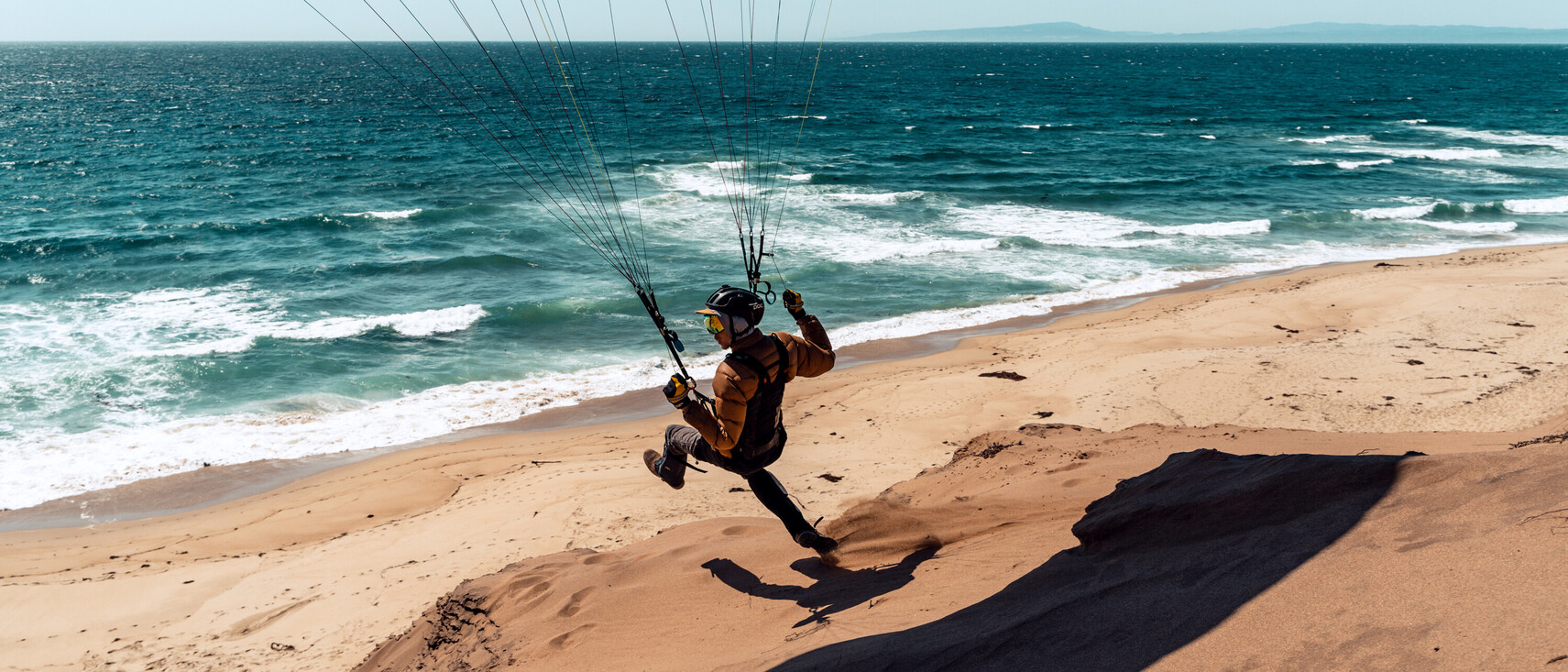
Where are you actually standing when you're controlling the drone?
That was the biggest challenge for us to figure out. It took us a year. The problem is the distance. With an FPV drone (FPV = First-Person-View), I see what the drone sees in the display of my VR glasses (VR = Virtual Reality). But for that to work, the goggles and drone need a constant line of sight. If I lose the line of sight, then no more images show in my VR goggles and I lose the drone as well. So, it depends a lot on the terrain. It's most comfortable and safe for me to control the drone from the valley, but for some flights, that doesn't work, and then I'm standing on the edge of a cliff with my VR goggles as a 600-meter abyss opens up in front of me.
That's the most challenging part.
